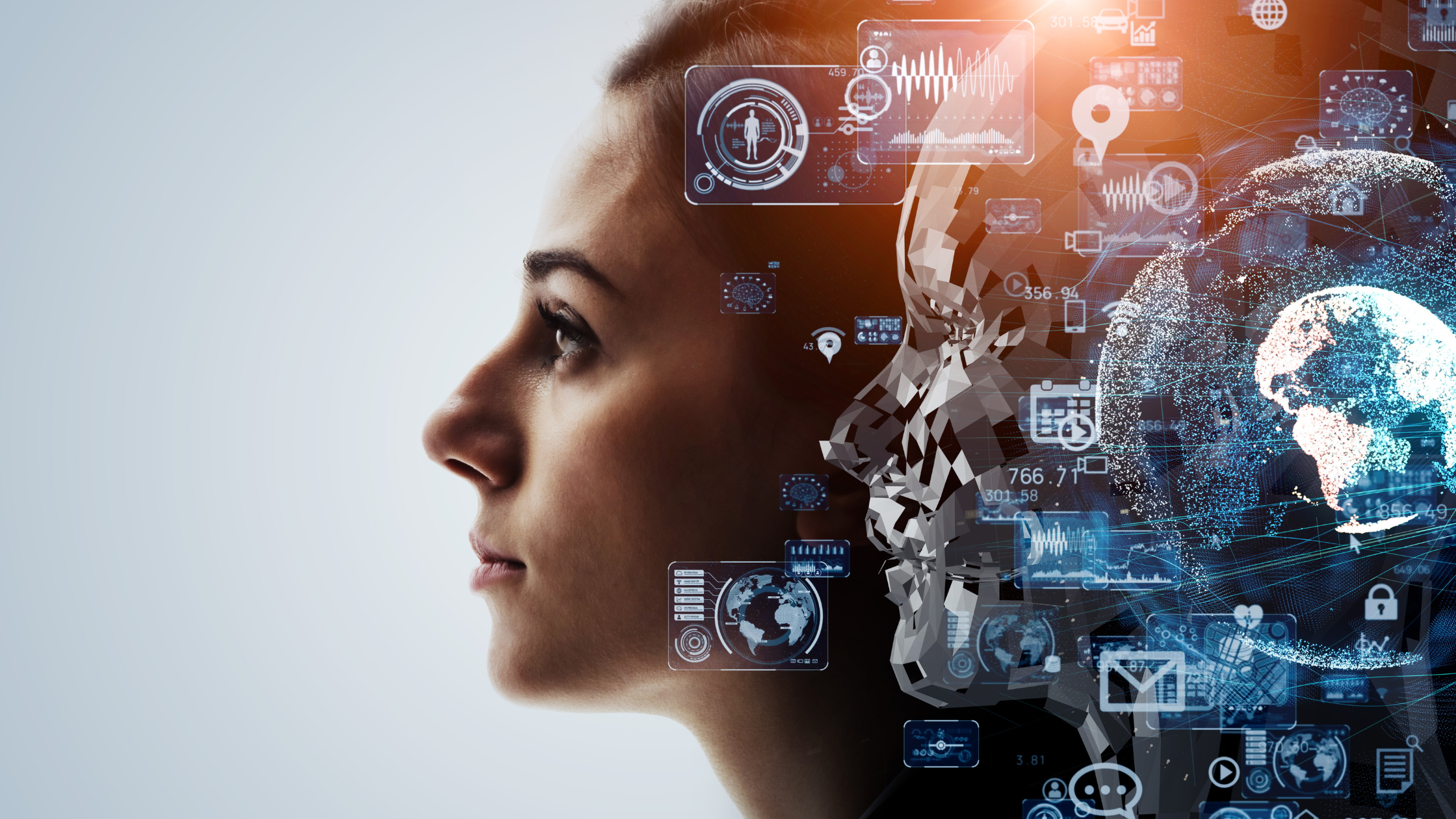Creating a Human-like Robot with AI: The Paradox and the Progress

Artificial Intelligence (AI) has been a game-changer in various sectors, and robotics is no exception. The idea of creating a robot with the same capabilities as a human has been a fascinating concept for engineers worldwide. However, the journey towards achieving this goal has been riddled with challenges and paradoxes.
The Moravec Paradox
One of the most intriguing aspects of AI in robotics is the Moravec Paradox. Named after Hans Moravec, a pioneer in robotics and AI, the paradox states that it is relatively easy for robots to mimic high-level reasoning found in humans, but it’s incredibly difficult for them to replicate the perceptual and motor abilities of a human toddler. For instance, while a robot can beat a human in a complex game of chess, it struggles with simple tasks like tying shoelaces.
The Journey Towards Human-like Robots
Despite the paradox, the quest to create human-like robots has seen significant advancements. Companies like Boston Dynamics and Hanson Robotics have made strides in developing robots that can mimic human movements and interactions. Boston Dynamics’ Atlas, for instance, is capable of performing parkour-like movements, while Hanson Robotics’ Sophia has been designed to interact with humans socially.
The Challenges and the Future
Creating a humanoid robot that can perform tasks like a human is no easy feat. It requires advancements in various fields, including computer science, battery efficiency, and sensory equipment. Despite these challenges, the possibility of creating a humanoid robot is not far-fetched. With continuous research and development, we might soon witness the emergence of robots that can perform tasks with the same efficiency and precision as humans.
While the journey towards creating a human-like robot with AI is filled with challenges, it also opens up a world of possibilities. As we continue to advance in this field, we can look forward to a future where robots can perform tasks with the same efficiency and precision as humans, contributing significantly to various sectors like healthcare, logistics, and manufacturing.




